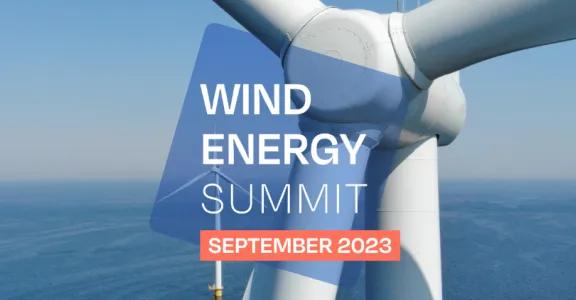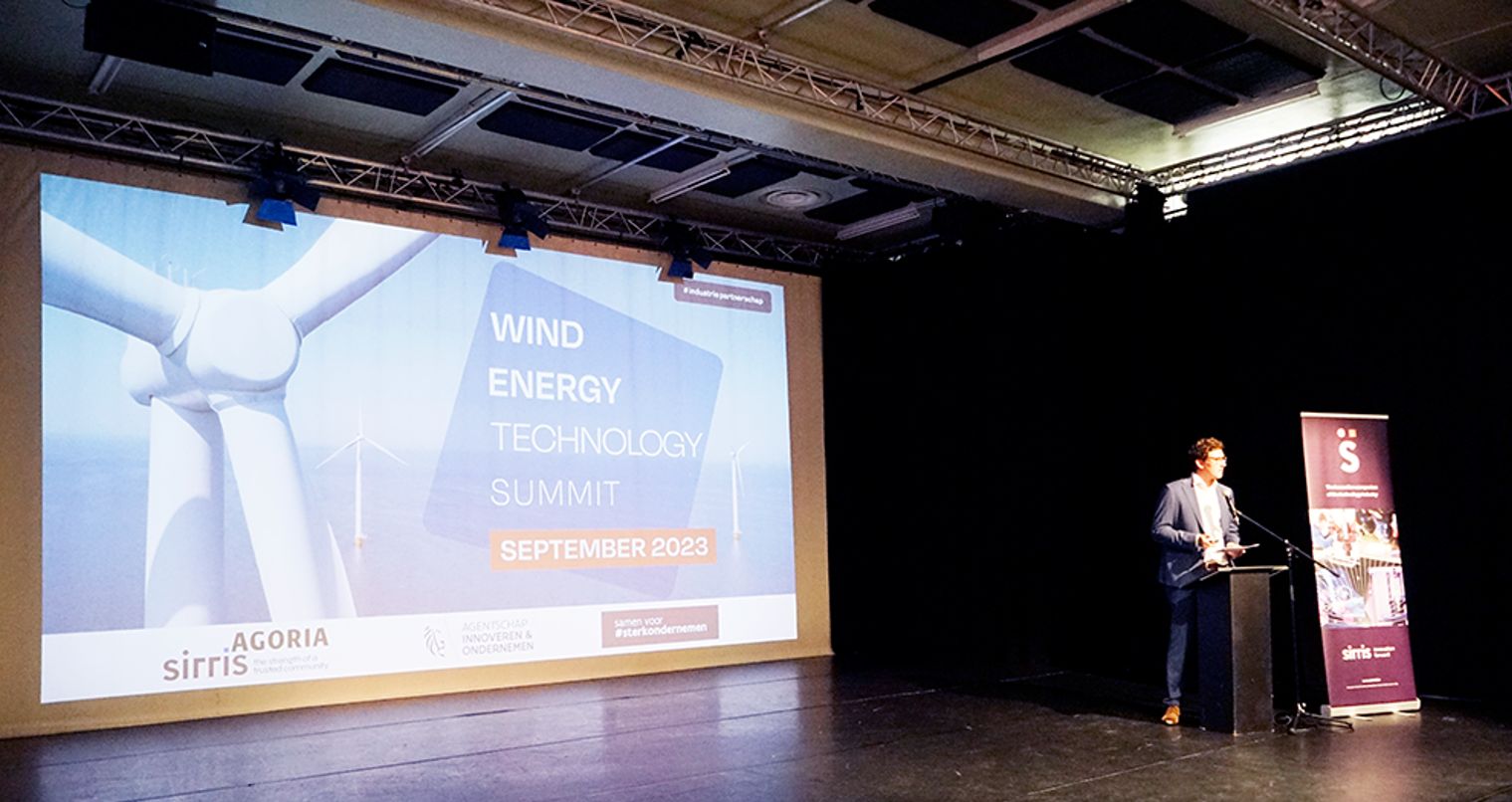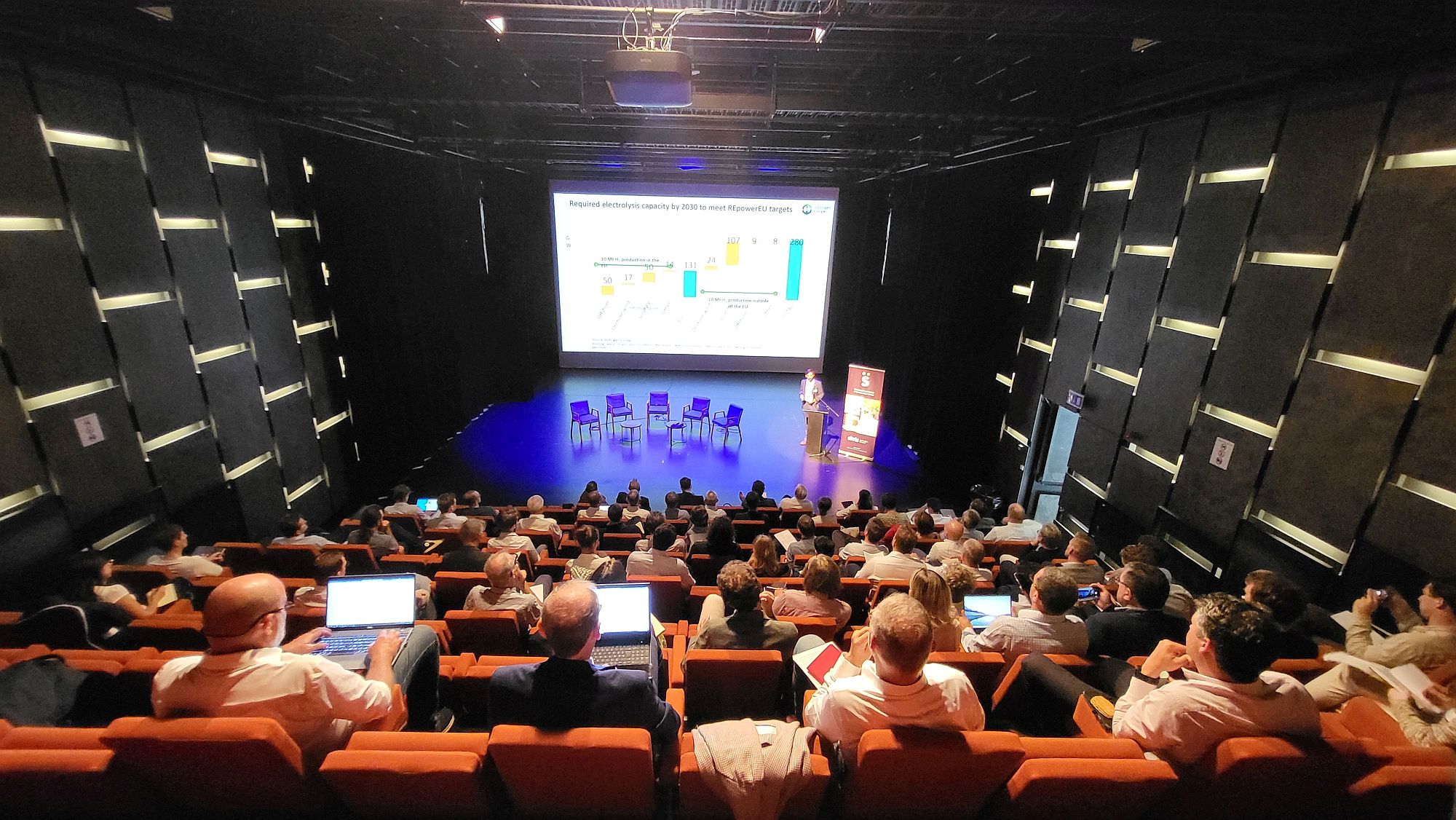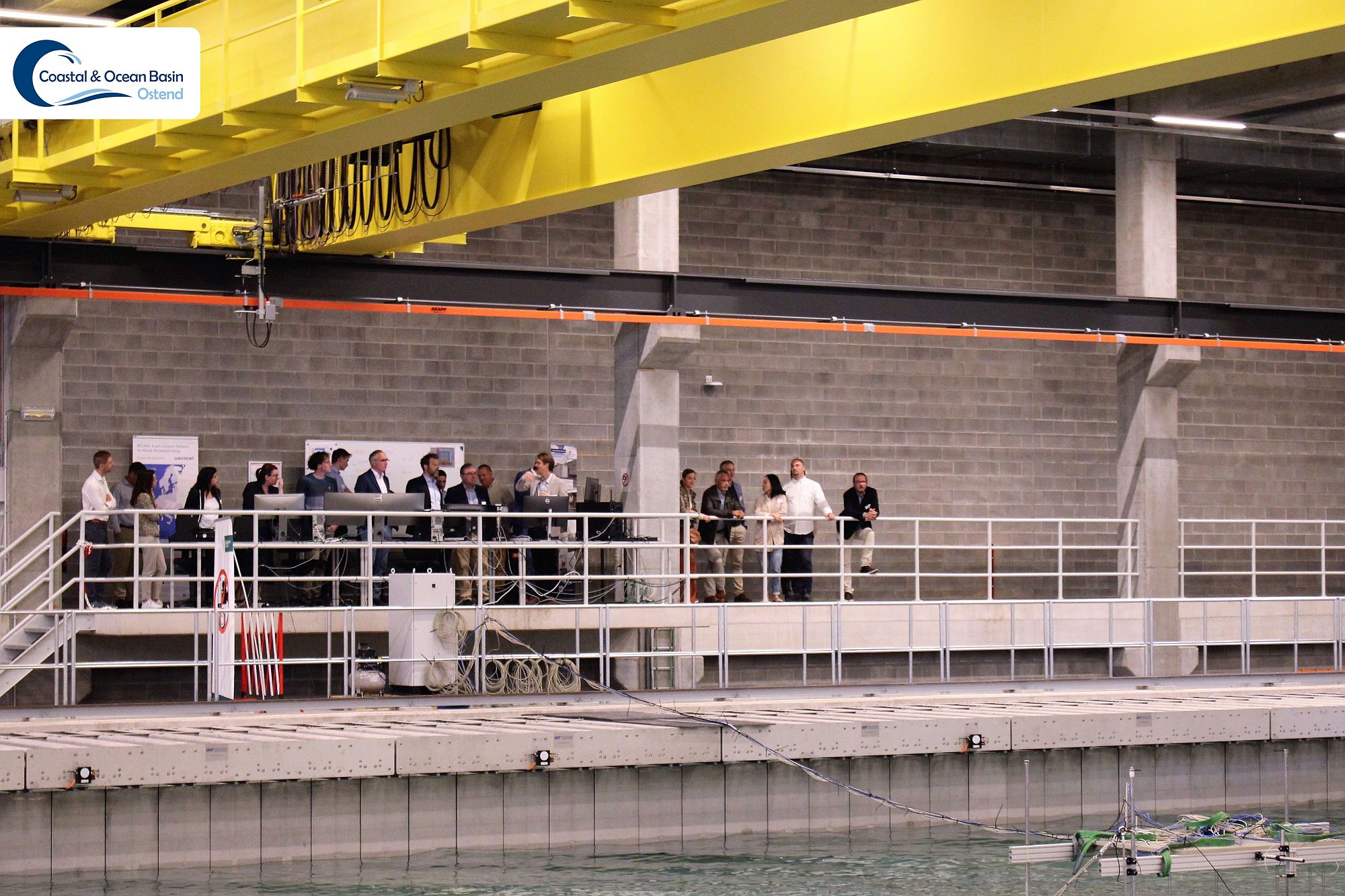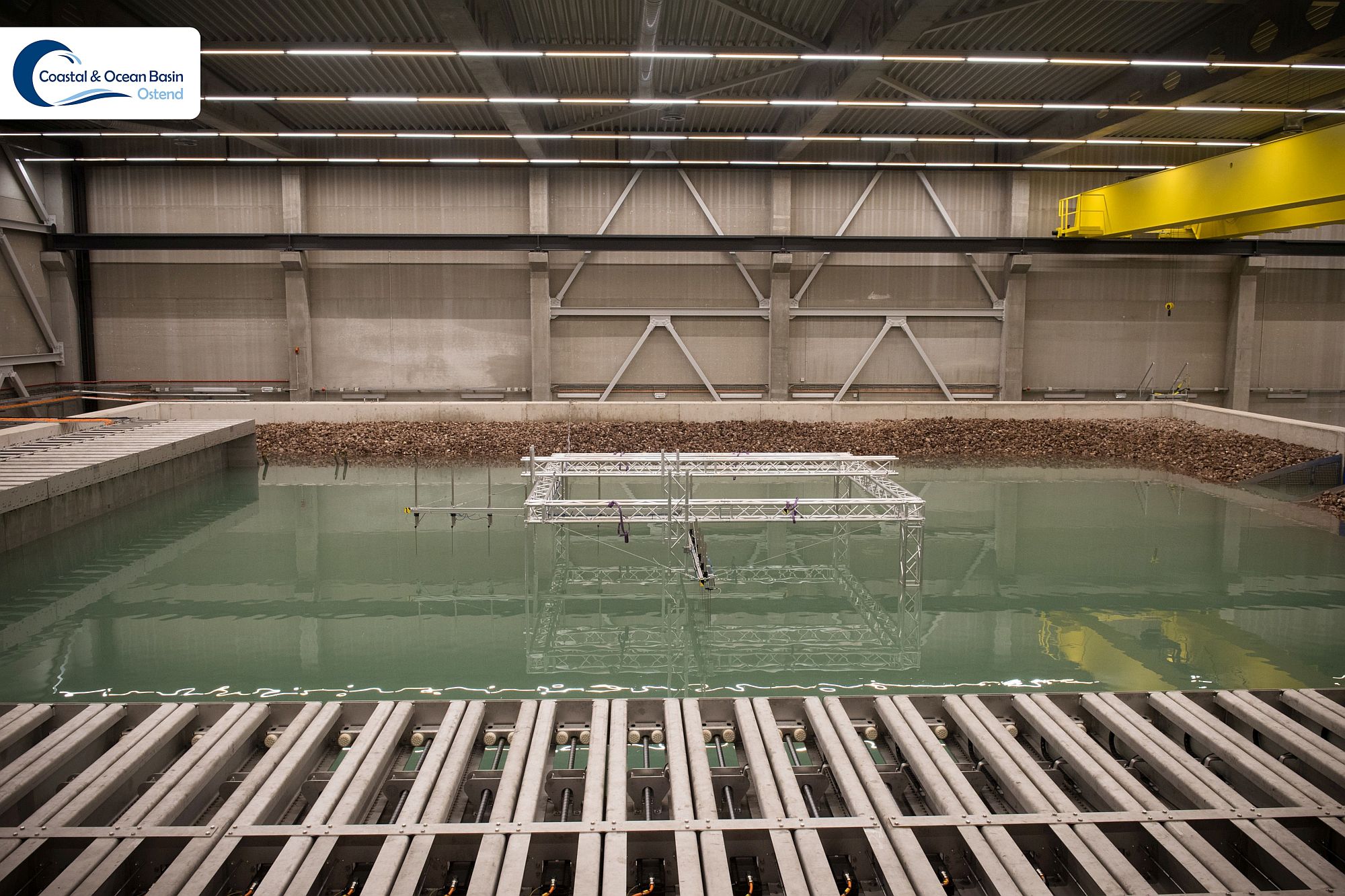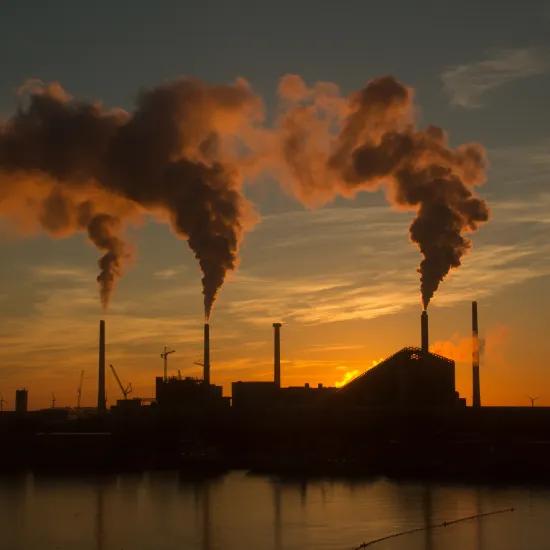Opportunities and issues of offshore energy transition revealed at Wind Energy Technology Summit 2023
Floating wind turbines and offshore hydrogen production and storage are hot topics at home and abroad. This became abundantly clear at the Wind Energy Technology Summit organised by Sirris on 12 and 13 September 2023. Even though there are many opportunities to be seized, there is still a lot of uncertainty and work to be done when it comes to both these topics. You’ll find a compilation of the main impressions and messages from the event below.
For the third edition of the Wind Energy Technology Summit, Sirris organised two seminars on emerging renewable offshore energy technologies - floating wind turbines and the combination of hydrogen production at sea via offshore renewable energy – all linked up nicely in a two-day programme. Why this choice? Onshore and offshore wind energy are bound to increasingly contribute to the energy mix in the near future, in Belgium and in the other EU countries. Besides, the accumulated knowledge and expertise across the value chain in our country has become an export product to support global growth ambitions in onshore and offshore wind. Opportunities have also arisen in terms of offshore green hydrogen production, in view of Belgium's expertise in hydrogen technology. At the same time, many challenges still have to be tackled in the emerging technologies of both fields. These need to be addressed first to ensure reliable and efficient operation in the harsh conditions peculiar to the North Sea and other seas.
The large turnout confirmed that these innovative themes are alive and kicking within the industry. During the presentations given by national and international speakers and the panel discussions, participants learned a lot about the state-of-the-art, new market insights and the latest innovation trends, new technological developments and products, testing, but also the needs and challenges within these two highly evolving offshore wind topics.
Floating turbines, a promising developing market
On Day 1 it was revealed that floating wind turbines do not yet constitute a mature market and the field is still developing. If we want to open up more coastlines to wind energy generation and also generate energy further out at sea, wind turbines on a floating foundation are a suitable solution. Several possible concepts and technologies currently exist, which are at different stages of development, from test phases in a basin to the installation of first test specimens in open sea. One example is Moray Base from MULTI.engineering, industrialised floating wind technology, whose concept was presented at the Summit in a smart, Ikea-like presentation.
Progress and technological innovations in this segment are slow today due to the high standards to be met in relation to the maritime environment and climate. Besides, requirements vary from one country to another. Frequent testing and demonstration is therefore a necessity.
A delegation from the Basque energy cluster was also in attendance. This Spanish region, where the seabed is too deep for wind turbines with fixed foundations, is very eager to get into the offshore wind story. Floating turbines could be a solution for them. Prior to the seminar programme, the attending companies had the opportunity to interact with members of the Basque energy cluster in a B2B session on floating wind.
The presentation by international renewable energy producer Elicio taught us e.g. that floating wind requires huge industrial capacity, while the supply chain capacity in fact restricts upscaling. Small, flexible players today can develop smaller tailor-made projects that fit within existing facilities.
The presentations also revealed a number of uncertainties and challenges for the future: will the ports be adequately equipped in time? Which concept will take the upper hand? How will turbines, float design, new technologies, substations ... evolve further? Indeed, many and varied factors and parameters play a role in the choice of optimal design of turbine, buoy, etc.
Importance of testing demonstrated
Day 2 started with an exciting visit to the Coastal & Ocean Basin (COB) in Ostend. This brand-new test facility has a wave basin with unique features which may serve the floating offshore wind sector well. Attendees were able to witness demos of a variety of technologies for a demo project on nearshore electrolysis. These demos are vital if you want to achieve trouble-free operation at sea. Frequent testing should show whether the technologies used can withstand the harsh maritime environment in which they will be deployed. The goal is flawless operation with (near-)zero maintenance as a target. Technological innovation and real-life testing are essential here, which is where Sirris comes in.
‘Innovation can be a bridge between wind power and hydrogen’ (Elestor)
The rest of the day was dedicated to the marriage between offshore wind energy and hydrogen production, and how this is taking shape in an international context, but also what the (technological) challenges are for the coming years. The increasing production of offshore wind energy in Europe, alongside other forms of offshore energy production that are still under development, offer numerous opportunities to combine and integrate electrolysis. The use of hydrogen will gradually be introduced in various industrial sectors, including offshore. Attention also went to how green hydrogen can serve as an energy source on the installation and maintenance vessels used in the offshore wind sector.
There are many opportunities here for Belgian companies. Bekaert, for instance, has ambitions to become one of the world players in offshore hydrogen production. Belgium mainly wants to profile itself as an electricity producer and, to this end, team up with technological partners and providers, to engage in offshore electrolysis.
Besides offshore energy and hydrogen generation, energy storage must also be considered. Today’s onshore electricity infrastructure is not yet (sufficiently) equipped to transport energy generated offshore. There are still many hurdles to overcome before this will really change. Technology is not standing still, however, and if we want to meet the European Green Deal targets, our offshore capacity needs to increase substantially. If the onshore grid cannot be adapted in time, batteries may offer a solution. However, storage technologies other than the now widely used Li-ion batteries will have to be needed, as these were ultimately developed primarily for use in vehicles. In its presentation, Elestor proposed a new type of batteries: a flow battery that would enable relatively cheap, long-term energy storage on a large scale through a combination of electrolysis and a hydrogen bromide (HBr)-based fuel cell.
One of the consequences of rapid developments in the energy transition is reshoring of both developments and manufacturing for hydrogen production, from Asia back to Europe. For instance, major players, including Bekaert, are now building out their R&D activities in Belgium.
‘Companies develop alone, but innovate together.’
Both the presentations, panel discussions and the reactions of participants showed that technological innovations such as floating turbines and hydrogen are burning hot international topics with a lot of potential and at least as many challenges. A variety of parties play a role in the development and roll-out of the energy transition, and cooperation are vital for success. Not much time remains if we want to meet the 2030 deadline set out in the Green Deal.
A major pain point and currently the main bottleneck is human capital: knowledge and strengths are lacking to reach the necessary momentum in the offshore wind sector. Both training of technical profiles and retraining of profiles from the sector are essential to meet this challenge. As a knowledge and innovation institution, Sirris responds to this by providing inspiration, organising training courses and other events to share insights and keep companies up to date.
|
